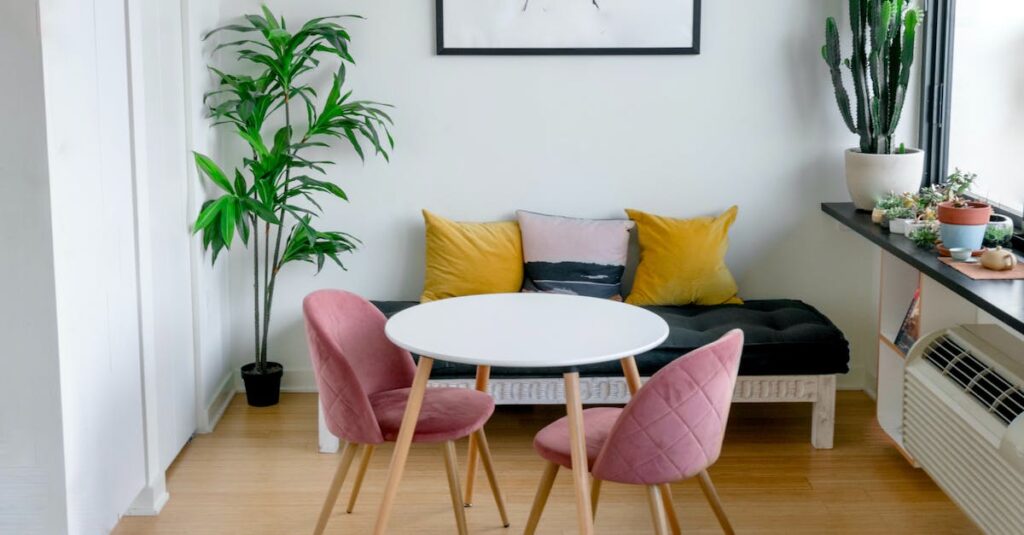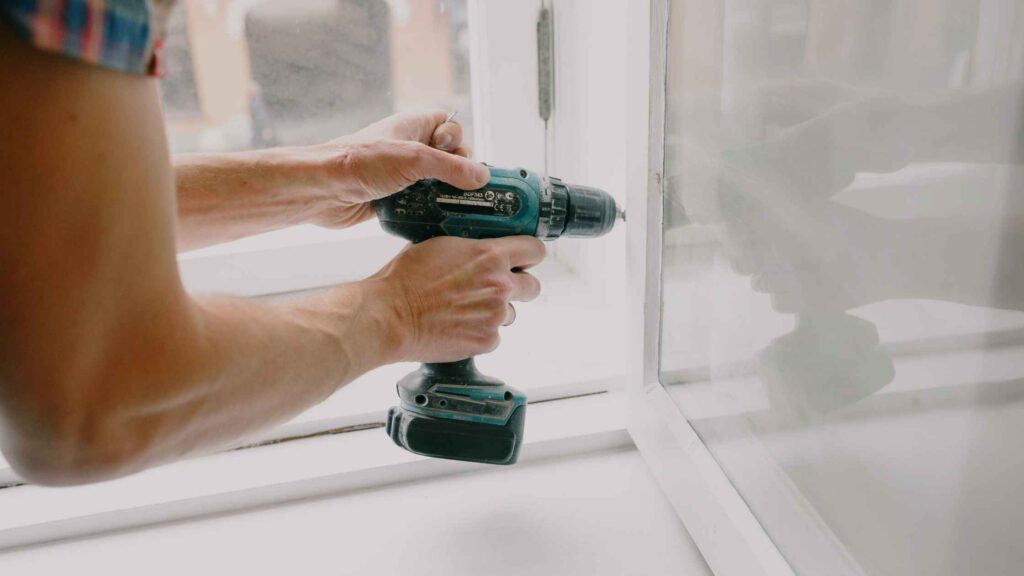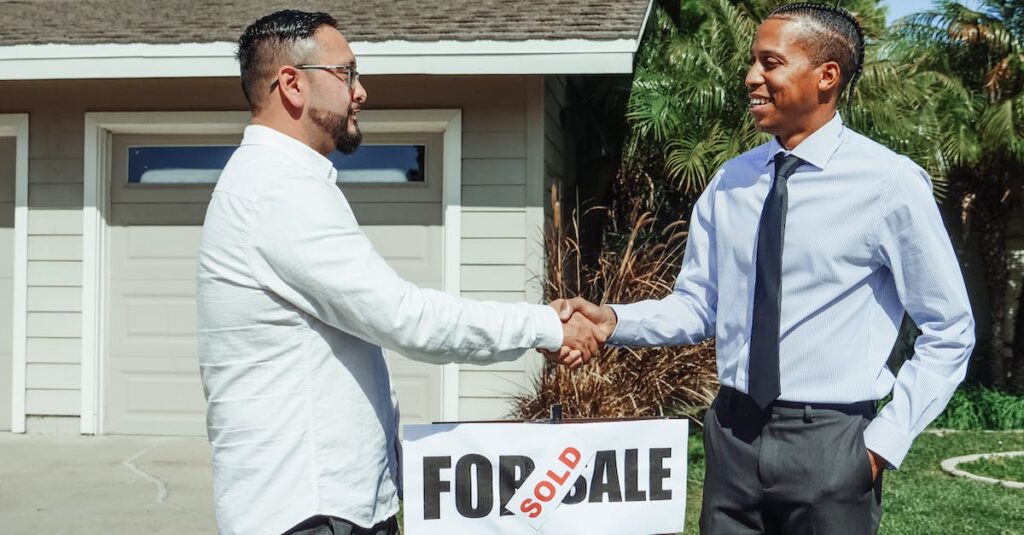The Risks of Renting Sight Unseen
Renting a new property can be an exciting opportunity, but what happens when you’re unable to view it in person before signing the lease? Renting sight unseen has become quite common, especially in competitive rental markets or when distance is a factor. However, it’s essential to be aware of the risks involved and take appropriate steps to protect yourself as a renter.
Lack of Insight into Property Condition
One of the primary risks of renting sight unseen is the lack of insight into the actual condition of the property. While online listings may provide photos and descriptions, they often don’t give you the full picture. It’s challenging to gauge the size, layout, and overall appeal of the property without physically being there. Additionally, online photos can be deceiving, as they may not accurately represent the current state of the property.
Limited Understanding of the Surrounding Area
When you can’t visit a property in person, it becomes harder to assess the surrounding neighborhood and amenities. Google Maps and virtual tours can help to some extent, but they can’t replace the first-hand experience. You may be unaware of potential noise issues, proximity to essential services, or the overall safety of the area.
Higher Possibility of Lease Disappointment
Renting sight unseen increases the likelihood of lease disappointment. The property may not meet your expectations or match the descriptions provided by the landlord or property manager. It’s important to remember that landlords typically present their properties in the best possible light, often hiding potential flaws or problems. Discovering these issues after signing the lease can lead to frustration and dissatisfaction with your living situation.
Steps to Take When Renting Sight Unseen
While there are risks involved, it’s still possible to mitigate them and make an informed decision when renting sight unseen. Follow these steps to protect yourself as a renter:
1. Request a Virtual Tour or Video Call
Ask the landlord or property manager if they can provide a virtual tour or arrange a video call to walk you through the property. This will give you a better understanding of the space and enable you to ask questions in real-time. If they refuse or are unable to accommodate your request, consider it a red flag.
2. Read Reviews and Research the Neighborhood
Look for online reviews of both the property and the surrounding neighborhood. Previous tenants may have shared their experiences, giving you valuable insights about the living conditions or any potential issues. Additionally, research local amenities, schools, and transportation options to ensure they meet your needs.
3. Use Street View and Satellite Imagery
Make use of online tools like Google Maps’ Street View and satellite imagery to explore the property’s surroundings visually. This can help you get a sense of the neighborhood’s overall condition, proximity to parks or shopping centers, and the general atmosphere of the area.
4. Get Everything in Writing
It’s crucial to have all the details of the rental agreement in writing. Ensure that the lease clearly outlines the terms and conditions, expectations, and any special considerations. This includes information on repairs, maintenance responsibilities, and the process for reporting issues or requesting repairs.
5. Consider Renter’s Insurance
Renter’s insurance is always a good idea to protect your personal belongings. However, it becomes even more critical when renting sight unseen. In case any unforeseen damages or incidents occur, having renter’s insurance will provide the necessary coverage and peace of mind.
Summary
Renting a property sight unseen can be a nerve-wracking experience, but with proper precautions, you can minimize the risks involved. Take advantage of virtual tours, research the neighborhood, and get everything in writing to protect yourself as a renter. While there are risks, being proactive and informed can help you find a suitable rental property that meets your needs and expectations.







